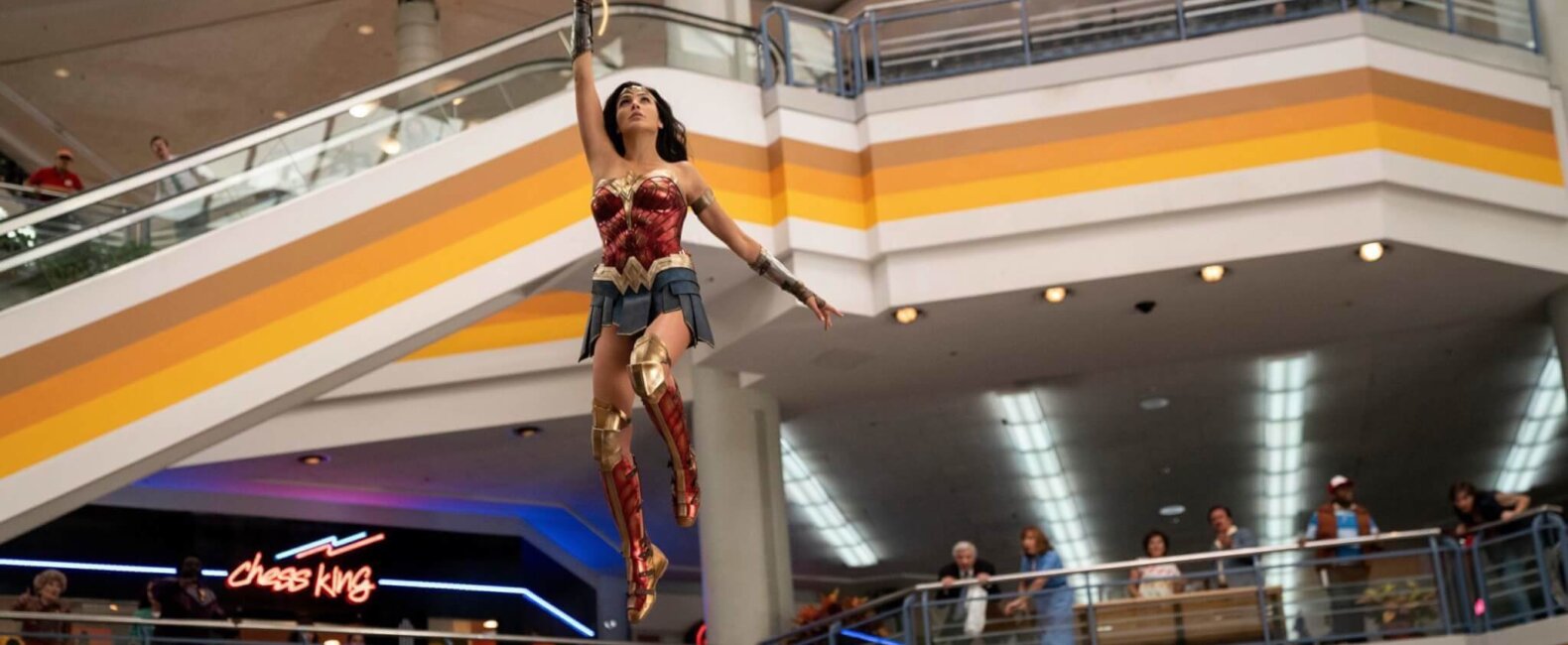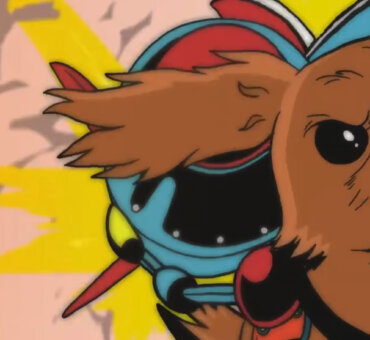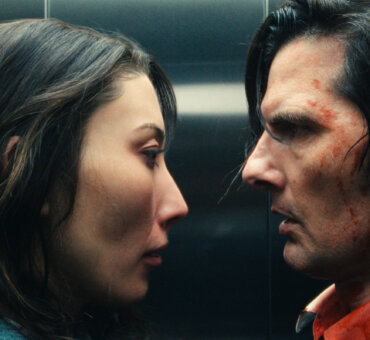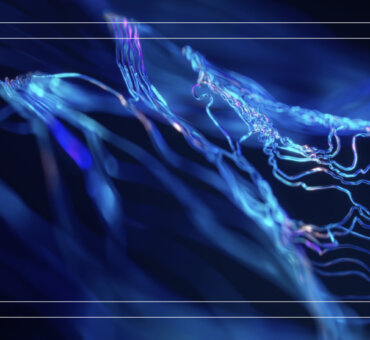Richard Pearson’s body of work defies any easy categorization or niche. The features he has cut, beginning with the comedy Bowfinger, range from light fare like the Muppets from Space, and Blades of Glory to the drama of United 93, Safe House and The Accountant. Then there’s the bevy of franchise tentpoles he’s worked on, like The Bourne Supremacy, Quantum of Solace, Men in Black II, Iron Man 2 and the MonsterVerse entries Godzilla: King of the Monsters and Kong: Skull Island.
When we talked with Richard about his work, he acknowledged just how extensive his body of work is: “I’ve been fortunate to delve into childhood fantasies, from dealing with the space program to comic book adventures and the Bond movies, which I loved seeing as a kid. Going on the set of Bond for the first time was pretty cool and made me feel like, ‘I’m ten years old again!’”
An Avid user for the past quarter-century, he somewhat jokingly describes himself as a Luddite when it comes to the tech end of the editing process, but has proven he knows his stuff when dealing with the nearly-endless possibilities of contemporary post-production process. During our conversation we discussed experiences he’s had as an editor that’s helped him navigate the changing landscape of the filmmaking industry.
Here are five tips Richard shared with us, inspired by his diverse range of projects:
1. Be the Lighthouse
As an editor, you have a unique responsibility to represent the vision of the director and communicate the story well. That means understanding the director’s goals so well, you can execute whether you’re in the same room or not. And when (not if) during the production process you see editorial red flags, don’t be afraid to speak up. Richard experienced this during production for Wonder Woman 1984:
Patty’s head was very much focused on production while shooting. I cut as she shot, and she didn’t have time to come by the trailer very much. So I decided early on to play the role of lighthouse captain: if something seemed headed for the rocks, editorially speaking, I’d bring it to her attention, then continue with the cutting. She saw very little cut footage till after shooting ended, so viewing the editor’s assembly was a little hair-raising for me. We didn’t know each other before this project, so that could have been my last day on the job, but she was happy.
2. Choose Flexibility
It’s often second nature to defend pre-production plans once post-production is in full swing. Richard believes it’s important to recognize the value a VFX team brings to a film, and communicate up front that you won’t be married to exact shot lengths.
When I work with VFX vendors on something that isn’t totally clear, or perhaps only represented by previs, I always say in early days, ‘guys, don’t be hamstrung by my shot lengths. If you have something cool going on in the animation that goes beyond the 120 frames in my version, I’m perfectly happy to add sixteen more frames in to cover that.
3. Ditch the Tropes
When it comes to working on sequels, or well-established stories and characters, don’t be afraid to step back and take a fresh approach. This new perspective can be found not only through your editing, but through the cinematography, graphics, and even music.
Director Marc Forster wanted Quantum of Solace to feel like an art film. He vigorously pursued that particular vision, with an impressionistic aspect that was quite by design and entirely deliberate. He wanted the movie to go like a bullet, and to their credit, the producers were very supportive of him pushing that unique style. A big part of getting the picture to come together as Marc wanted came with addressing the film’s rhythms in a different way. That really comes out in the Tosca opera sequence, which is a significant departure in how we cut the action and used source music. Marc also wanted to avoid a lot of traditional tropes and approaches. The character never even actually says, ‘Bond – James Bond’. That’s also why we put that trademark ‘gun barrel’ graphic at the end, instead of the beginning. The hue and cry from hardcore fans was not good at first, but there has been a surge of new respect for the film in recent years, and when I looked at the opera scene again for the first time in more than a decade, I really liked it!
4. Embrace Both In-Camera and VFX Work
Consider editorial and VFX the dream team when it comes to perfecting the final product. Richard shared how it’s possible to shoot incredibly complex scenes in-camera, but it’s the VFX team that saves thee day if the shots aren’t quite up to snuff.
Ideally you want a symbiotic relationship between editorial and VFX that plays to strengths on both sides to overcome any potential shortcoming in the final product. There were scenes set on Pennsylvania Avenue for Wonder Woman 1984 where we actually shot with 300 extras after they closed down a block for us. There are shots with her running with the Capital Dome behind her that people never believe we got to shoot practically. Patty was a big proponent of shooting as much in-camera as possible. And when Wonder Woman is flying around the mall at the start of the movie, there were no digital doubles; there is a woman on wires moving through a very real physical space. Every once in a while on effects shows, fortunately not on Wonder Woman, but there will be a shot that doesn’t quite make it and play properly. So as an editor, you just keep an alternate approach in your back pocket against that possibility.
5. Don’t Get Lost in the Minutiae
There’s no better way to summarize Richard’s insight than to recognize the value of the relationships around you. By investing in people, you can avoid getting lost in details and focus on the vision at hand. Whether it’s the communication with your director or the symbiotic relationship you have with the VFX team, surrounding yourself with the right people allows you to do what you do best: telling a story in the most creative way possible.
I try to surround myself with multi-talented people who are adept with aspects unrelated to straightforward cutting. That way, if there’s something beyond my abilities, I can lean heavily on a VFX editor to build me a shot that gets us from A to C because B isn’t working. They might mock something up, or do a previs, then track and comp it into a live-action plate for me to review. My main job is to creatively tell the story and convey the vision of the director, so I choose not to get myself lost in minutiae – and I don’t mean that in a diminutive way – but letting other people who are better qualified do the work seems the way to go when marshalling your resources.
Read about the incredible editing work behind the oscar-winning film Ford v. Ferrari.






